enrich our menu since childhood till old age. They are right after the apples the second most consumed fruit in the world.
Thanks to the thick protective “banana peel” you can eat them practically anytime and anywhere. It’s a healthy snack which provides instant energy because it is rich in carbs.
We eat them raw or dried, use them in preparation of delicious fruit salads or cookies, add them to fruit purees, their usage is very wide. They may be even part of bier or fruit liquors and of course well known banana milk.
Banana is an oblong fruit (botanically a berry) a product of banana plant. The weight of a banana is usually between 150-200g, depending on the particular cultivar.
Bananas are planted in tropical areas and even though they are mostly consumed in these areas, they became popular worldwide – thanks to their flavor, nutritional value and availability through the whole year.
The biggest world importer of bananas is European market with 6,5 mil metric ton, 70% of which are delivered from Latin America.
We differentiate 7 ripening stages of bananas, based on the sugar and starch ratio, starting from completely green to yellowish-golden with brown spots.
Bananas are harvested in the country of origin when they reach the 2nd ripening stage. It means almost completely green. They are distributed to our markets when reaching the 4-5th ripening stage.
Ripening stages of banana:
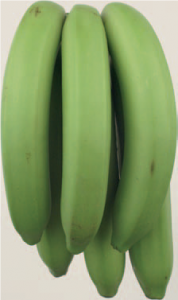
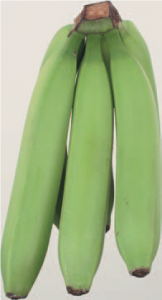
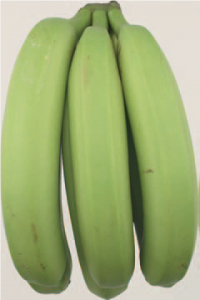
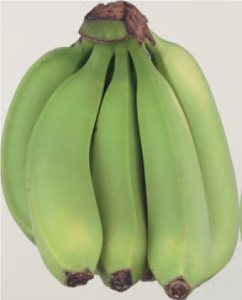
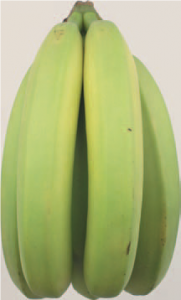
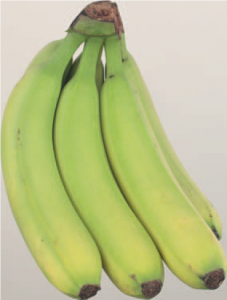
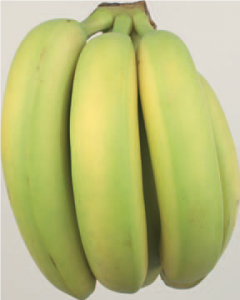
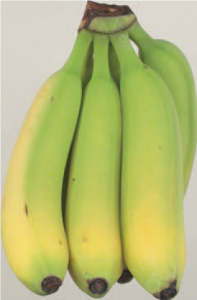
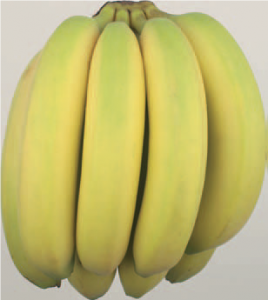
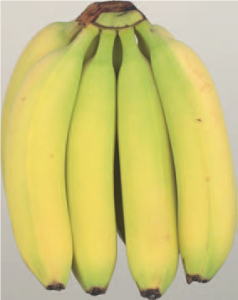
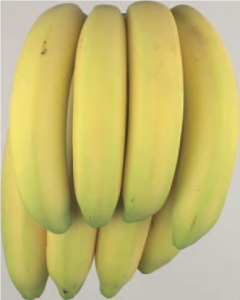
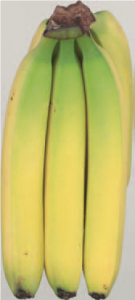
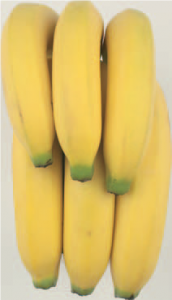
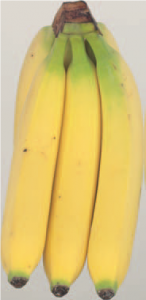
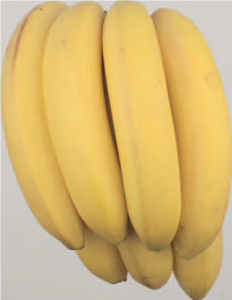

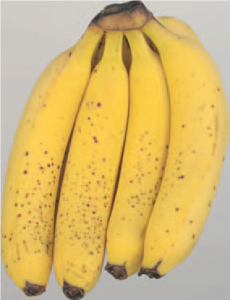
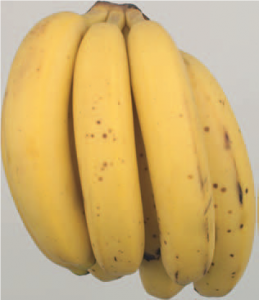
Recent Comments